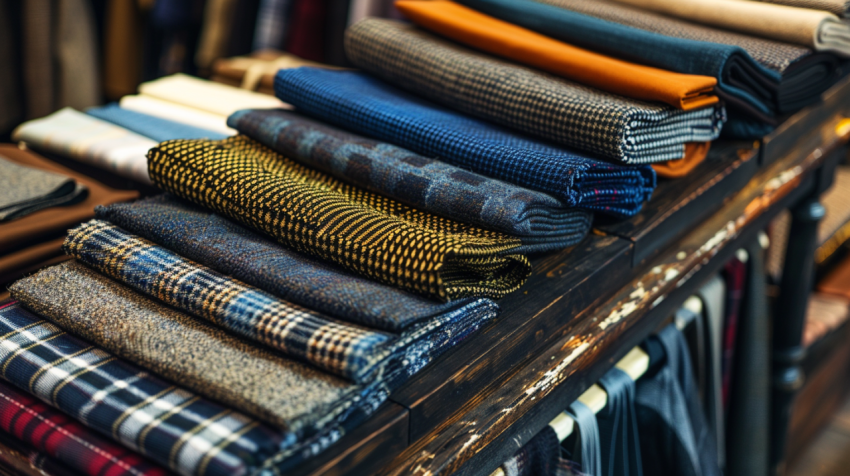

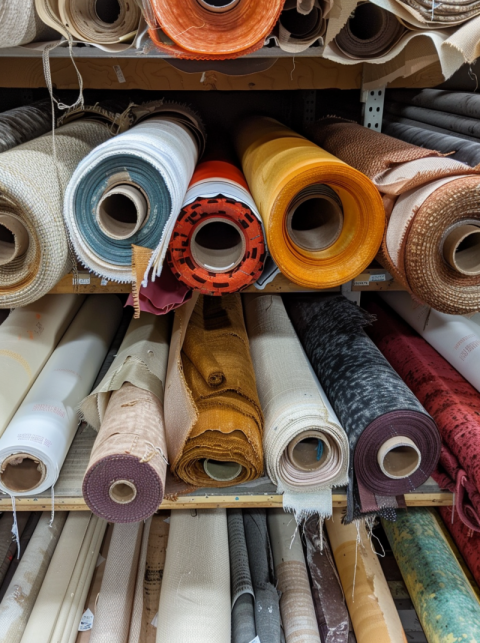
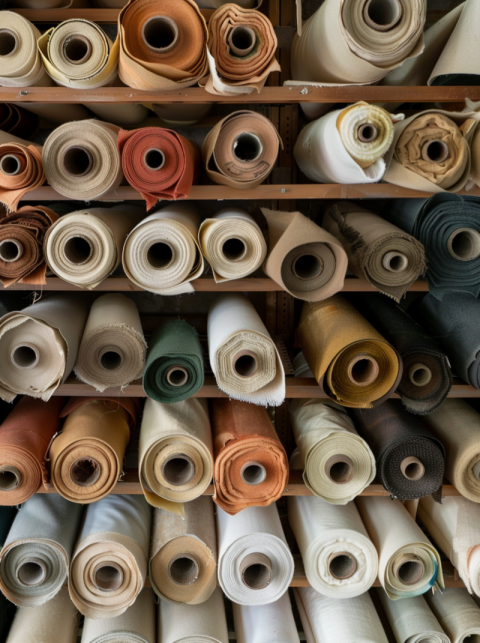

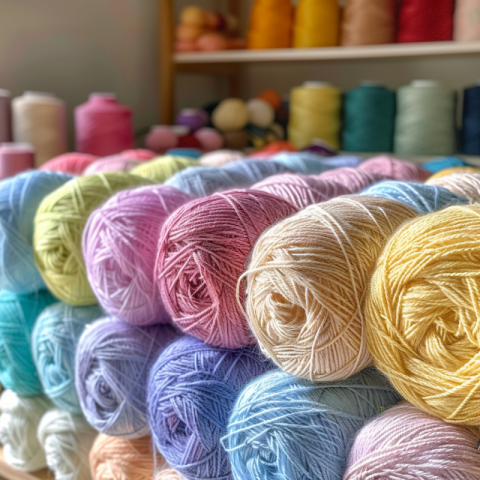
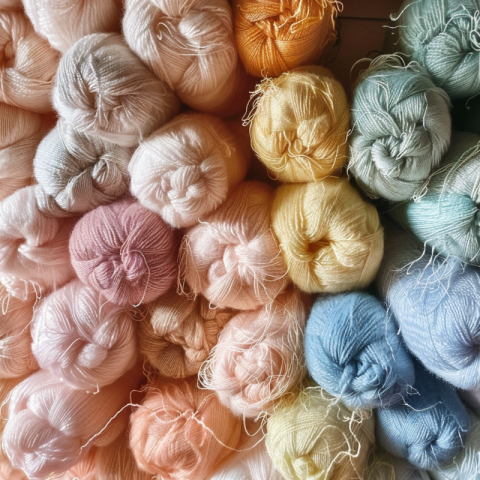


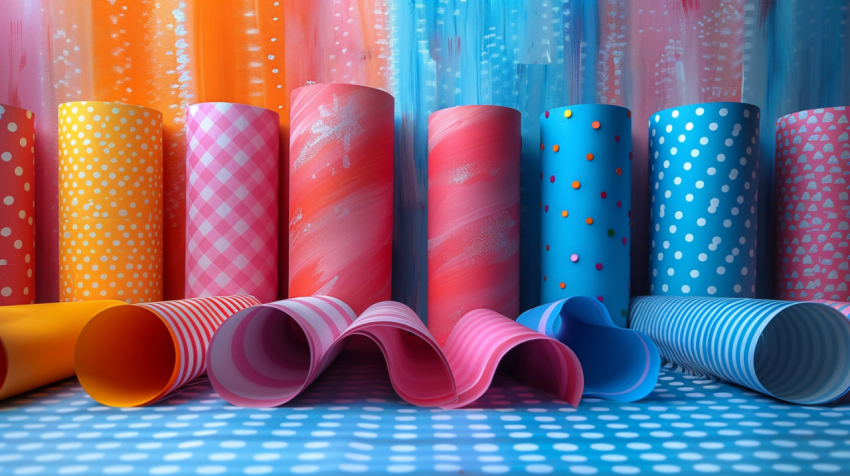
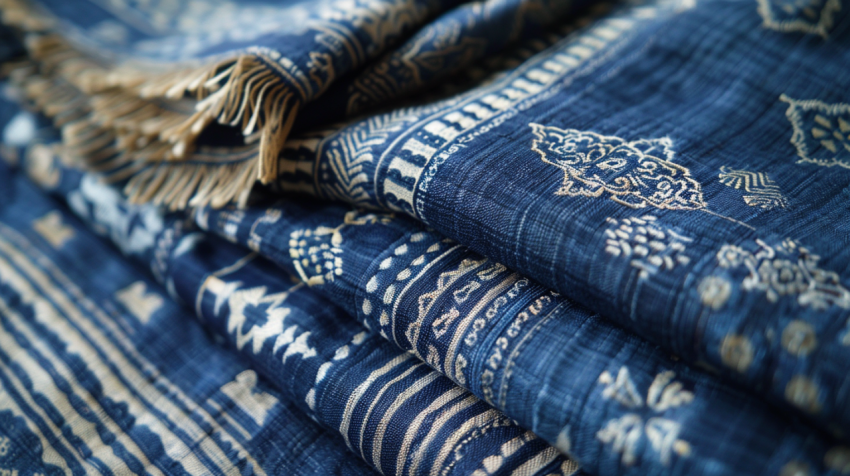
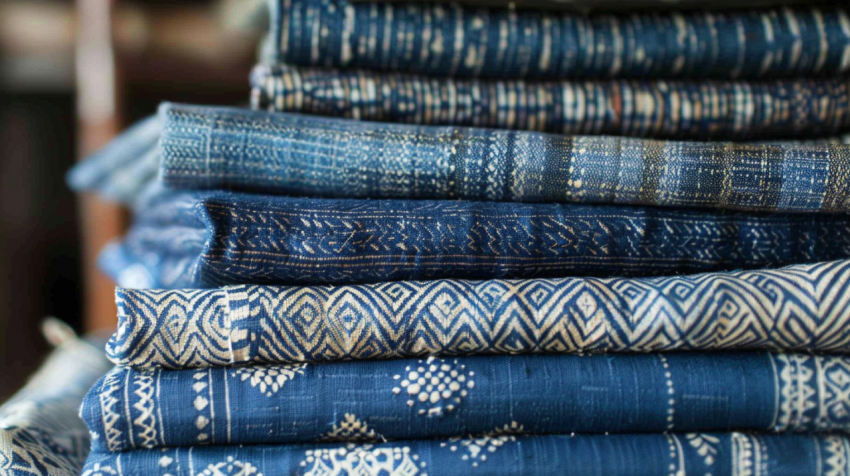
Clothes: The Fabric of Our Lives - A Reflection of Identity and Culture
Clothes, the garments we wear to cover, protect, and adorn our bodies, are far more than just functional necessities. They are a powerful form of nonverbal communication, reflecting our individual identities, social status, cultural affiliations, and even our moods. From the earliest animal skins to the high-tech fabrics of today, clothes have played a vital role in human history, shaping our societies and influencing our interactions with the world.
1. The Origins of Clothing: From Function to Fashion
- The earliest forms of clothing were likely made from animal hides, fur, leaves, and grasses, serving primarily to protect humans from the elements.
- Archaeological evidence suggests that humans have been wearing clothes for at least 170,000 years.
- As humans developed tools and technologies, they began to create more sophisticated clothing using woven fabrics like linen, wool, and cotton.
- The development of clothing was driven by factors such as climate, available resources, and cultural practices.
2. The Purposes of Clothing: Beyond Basic Needs
Clothes serve a multitude of purposes, both practical and symbolic:
- Protection: Clothes shield us from the sun, wind, rain, cold, and other environmental hazards.
- Modesty: In many cultures, clothes are used to cover certain parts of the body out of a sense of modesty or social decorum.
- Identification: Clothes can signify group affiliation, such as a uniform for a particular profession or a traditional garment associated with a specific culture.
- Status: Throughout history, clothes have been used to indicate social status, wealth, and power.
- Decoration: Clothes allow us to express our personal style, creativity, and aesthetic preferences.
- Emotional Expression: Our clothing choices can reflect our mood, personality, and how we want to be perceived by others.
3. Types of Clothes: A World of Garments
The world of clothing encompasses an enormous variety of garments, each designed for specific purposes and occasions:
- Tops: Shirts, blouses, T-shirts, sweaters, jackets, coats
- Bottoms: Pants, trousers, jeans, skirts, shorts
- Dresses: One-piece garments that cover the torso and legs
- Underwear: Garments worn beneath other clothes, such as bras, panties, undershirts, and boxers
- Outerwear: Clothes designed to be worn over other garments for protection from the elements, such as coats, jackets, and rainwear
- Activewear: Clothes designed for sports and physical activities, such as leggings, sports bras, and tracksuits
- Formalwear: Clothes worn for special occasions, such as suits, gowns, and tuxedos
- Accessories: Items that complement clothing, such as hats, scarves, belts, jewelry, and shoes
4. Fabrics: The Building Blocks of Clothing
Clothes are made from a vast array of fabrics, both natural and synthetic:
- Natural Fabrics:
- Cotton: Soft, breathable, and absorbent
- Linen: Strong, durable, and cool to wear
- Wool: Warm, water-resistant, and naturally insulating
- Silk: Luxurious, smooth, and known for its sheen
- Synthetic Fabrics:
- Polyester: Durable, wrinkle-resistant, and often blended with other fibers
- Nylon: Strong, lightweight, and water-resistant
- Acrylic: Soft, warm, and often used as a wool substitute
- Spandex/Lycra/Elastane: Stretchy and provides a close fit
5. The Fashion Industry: A Global Force
The fashion industry is a multi-billion dollar global industry that encompasses the design, manufacturing, distribution, and marketing of clothes:
- Designers: Create new clothing styles and trends.
- Manufacturers: Produce clothes in factories around the world.
- Retailers: Sell clothes to consumers through stores and online platforms.
- Marketers: Promote clothes through advertising, social media, and other channels.
- The fashion industry has a significant impact on the global economy, employing millions of people worldwide.
6. Clothes and Culture: A Reflection of Society
Clothes are deeply intertwined with culture and society:
- Different cultures have their own unique traditional garments and dress codes.
- Clothes can be used to express cultural identity and heritage.
- Fashion trends often reflect broader social and political movements.
- Clothes can be used to challenge social norms and express individuality.
7. The Psychology of Clothing: What We Wear and Why
Our clothing choices are often influenced by psychological factors:
- Self-Esteem: We may choose clothes that make us feel confident and good about ourselves.
- Social Conformity: We may dress in a certain way to fit in with a particular group or social circle.
- Mood: Our clothing choices can be affected by our mood, with brighter colors often associated with happiness and darker colors with sadness.
- Personality: Our clothing can be a reflection of our personality traits, such as introversion or extroversion.
8. The Ethics of Clothing: Sustainability and Fair Labor
The fashion industry faces growing scrutiny regarding its environmental and social impact:
- Fast fashion has been criticized for its contribution to pollution, waste, and exploitative labor practices.
- Consumers are increasingly seeking out sustainable and ethically produced clothing.
- Sustainable fashion focuses on using eco-friendly materials, reducing waste, and promoting fair labor standards.
- Slow fashion encourages buying fewer, higher-quality garments that are made to last.
9. The Future of Clothes
- Technology is playing an increasingly important role in the design and production of clothes, with innovations like 3D printing, smart fabrics, and wearable technology.
- The rise of online shopping and social media is transforming the way consumers discover and purchase clothes.
- The fashion industry is likely to continue to grapple with issues of sustainability, ethical production, and the impact of fast fashion.
Conclusion:
Clothes are far more than just fabric and thread; they are an integral part of human culture, a reflection of our identities, and a powerful form of self-expression. From the earliest garments made from animal hides to the high-tech fabrics of today, clothes have evolved alongside human civilization, serving both practical and symbolic purposes. As we move forward, the world of clothes will undoubtedly continue to transform, driven by innovation, changing social values, and a growing awareness of the impact of our clothing choices on the world around us.
Clothes, clothing, fashion, types of clothes, men's clothes, women's clothes, kids' clothes, history of clothes, clothing brands, fashion trends, fashion designers, online clothing stores, clothing styles, what to wear, how to style clothes, sustainable fashion, ethical fashion, fast fashion, slow fashion, textiles, fabrics, cotton, linen, silk, wool, polyester, dresses, shirts, pants, jeans, skirts, jackets, coats, underwear, activewear, formalwear, accessories, shopping for clothes, clothing care, laundry.

